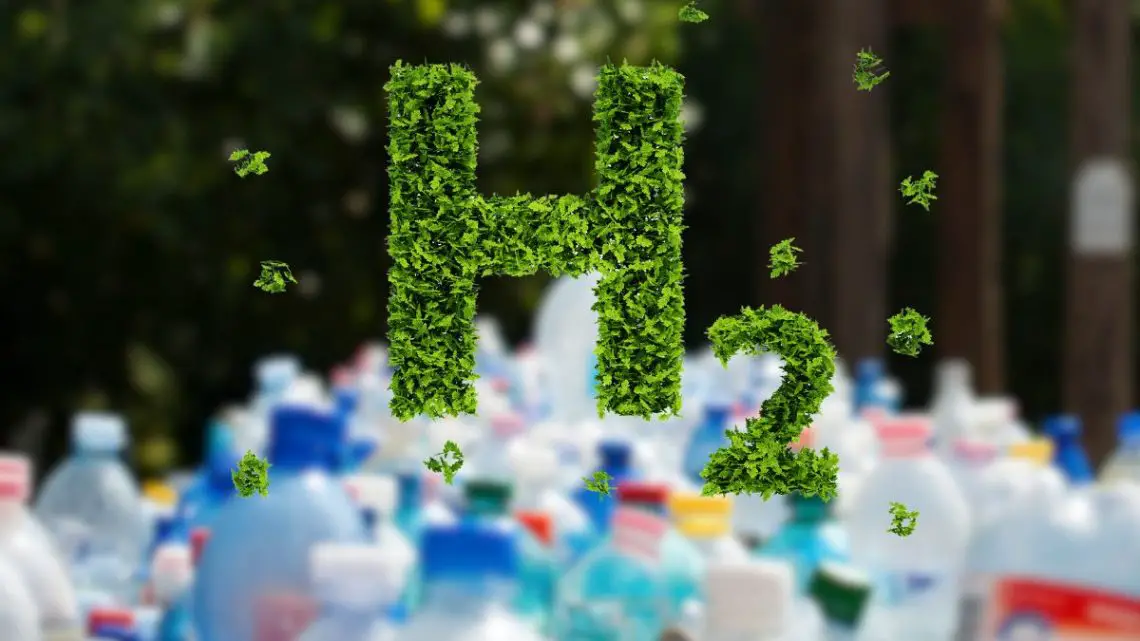
Is waste to hydrogen a form of green energy?
October 7, 2023There is a difference between the use of this carbon emission-free fuel and its clean production.
As researchers continue to look for ways to decarbonize industries through clean energy, the same can be said about methods of H2 production, including waste to hydrogen technology.
Many people wonder if this strategy for producing H2 can truly be considered green.
The answer is a frustrating “sometimes”. Waste to hydrogen technology remains in its early days. Moreover, there are many different types of production method that fall within this category. What can be said is that scientists have developed some forms of the technology that can indeed be considered green.
Those that are considered to be green H2 usually use organic waste as their energy production feedstock, while capturing and commercializing any carbon emissions produced. As a result, the outcome is often labeled as carbon neutral and therefore green.
This designation has received some criticism because of the belief – with an increasing body of research behind it – that no carbon capture technology is truly 100 percent effective and therefore some emissions must still result, as small as they might be.
Waste to hydrogen can help to deal with other environmental problems beyond carbon emissions.
The benefits of producing H2 using waste materials go beyond whether it should be considered green or low carbon. They also include providing a way to use materials that would otherwise need to be disposed of in landfills or through other carbon-emitting methods. Instead, they are diverted for use in green or low-carbon fuel production in which the carbon is mainly – or entirely, depending on who you ask – captured and stored or used.
Some companies that have invested heavily in this area, such as H2-Industries, have managed to develop technology that makes it possible to make the H2 fuel cheaper than conventionally produced green hydrogen using electrolysis powered by renewable energy. Therefore, it can also help to ensure that the fuel is affordable enough to be feasible for use by industries that want to use it to decarbonize.
Where does the waste come from?
Different types of waste to energy technology source their feedstock from different areas. While some use plastics that can’t be recycled, others use organic waste, agricultural waste, or even sewage in various processes that result in usable H2.
In conclusion, the road to carbon-neutral hydrogen production is still being paved, and waste-to-hydrogen technology holds promising potential. While it’s true that no carbon capture technique is flawless, the benefits of this method extend beyond the reduction of carbon emissions. It offers a practical solution for managing waste materials, preventing them from ending up in landfills or causing further pollution through other disposal methods. Furthermore, companies like H2-Industries are pushing boundaries by making hydrogen fuel more affordable, which could accelerate the decarbonization efforts of various industries.
The source of waste varies, with unrecyclable plastics, organic waste, agricultural residue, and even sewage becoming valuable feedstock for hydrogen production. While there may be some debate over whether or not this technology can be classified as ‘green,’ its contributions towards a cleaner, sustainable future are undeniable.



 HFN News is your leading source for fresh hydrogen and renewable energy updates. Amid the fast-paced growth of hydrogen companies, we provide top-notch news and insights about this exciting sector. Our coverage spans from hydrogen cars to global sustainable initiatives, and we highlight the latest in green jobs and developing hydrogen hubs. We invite you to share your local hydrogen news and explore today’s renewable energy job listings on our site. Thanks for choosing HFN News as your trusted guide to the hydrogen and renewable energy world!
HFN News is your leading source for fresh hydrogen and renewable energy updates. Amid the fast-paced growth of hydrogen companies, we provide top-notch news and insights about this exciting sector. Our coverage spans from hydrogen cars to global sustainable initiatives, and we highlight the latest in green jobs and developing hydrogen hubs. We invite you to share your local hydrogen news and explore today’s renewable energy job listings on our site. Thanks for choosing HFN News as your trusted guide to the hydrogen and renewable energy world!